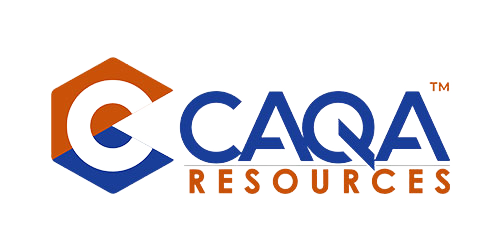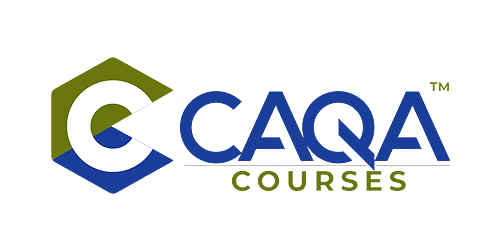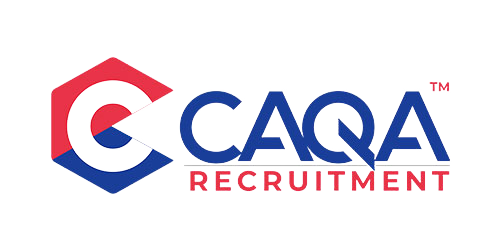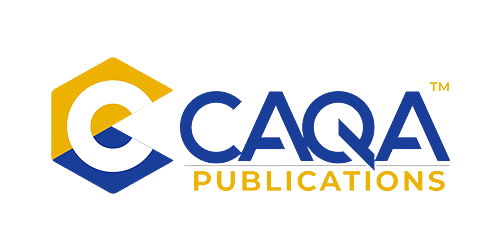The Vocational Education and Training (VET) sector in Australia operates on a competency-based model, which focuses on whether a student can perform specific skills to industry standards rather than assigning grades or scores. This system presents unique challenges when it comes to assessment integrity.
Key Issues in VET Assessment Integrity
- Binary Outcomes: The competency-based system's "competent" or "not yet competent" outcomes can lead to pressure on assessors to deem students competent, potentially compromising standards.
- Substandard Assessment Tools: Some providers use poorly designed assessment tools that don't adequately measure all aspects of competency as defined in training packages.
- Inconsistent Interpretation: Variations in how assessors interpret competency standards can lead to inconsistencies across different RTOs.
- Insufficient Evidence Collection: Inadequate gathering of evidence to support competency decisions, particularly in practical skills.
- Over-reliance on Theory: Some assessments focus too heavily on theoretical knowledge at the expense of practical skill demonstration.
- Recognition of Prior Learning (RPL) Issues: Inconsistent approaches to RPL assessments across providers.
- Workplace Assessment Challenges: Difficulties in conducting authentic workplace assessments, especially for students not currently employed in the field.
- Limited Reassessment Opportunities: Some RTOs have restrictive policies on reassessment attempts for students deemed not yet competent.
- Inadequate Validation Processes: Lack of rigorous validation of assessment tools and practices across the sector.
- Insufficient Industry Involvement: Limited input from industry experts in designing and validating assessment strategies.
Addressing the Challenges
To improve assessment integrity in Australia's competency-based VET system:
- Enhance Assessor Training: Focus on interpreting competency standards and gathering sufficient evidence.
- Strengthen Validation Processes: Implement more rigorous and frequent validation of assessment tools and practices.
- Increase Industry Collaboration: Involve industry experts more deeply in assessment design and validation.
- Improve Authentication Methods: Develop better ways to authenticate a student's own work, especially in online environments.
- Emphasise Practical Demonstrations: Ensure assessments adequately capture practical skills, not just theoretical knowledge.
- Standardise RPL Processes: Develop more consistent approaches to recognising prior learning across the sector.
- Enhance Regulatory Oversight: Implement more targeted auditing of assessment practices by regulatory bodies.
By addressing these issues, the VET sector can enhance the integrity of its competency-based assessments, ensuring that qualifications truly reflect the skills and knowledge required by industry. This approach aligns with the sector's goal of producing job-ready graduates while maintaining the flexibility and industry relevance that makes VET education valuable.


































